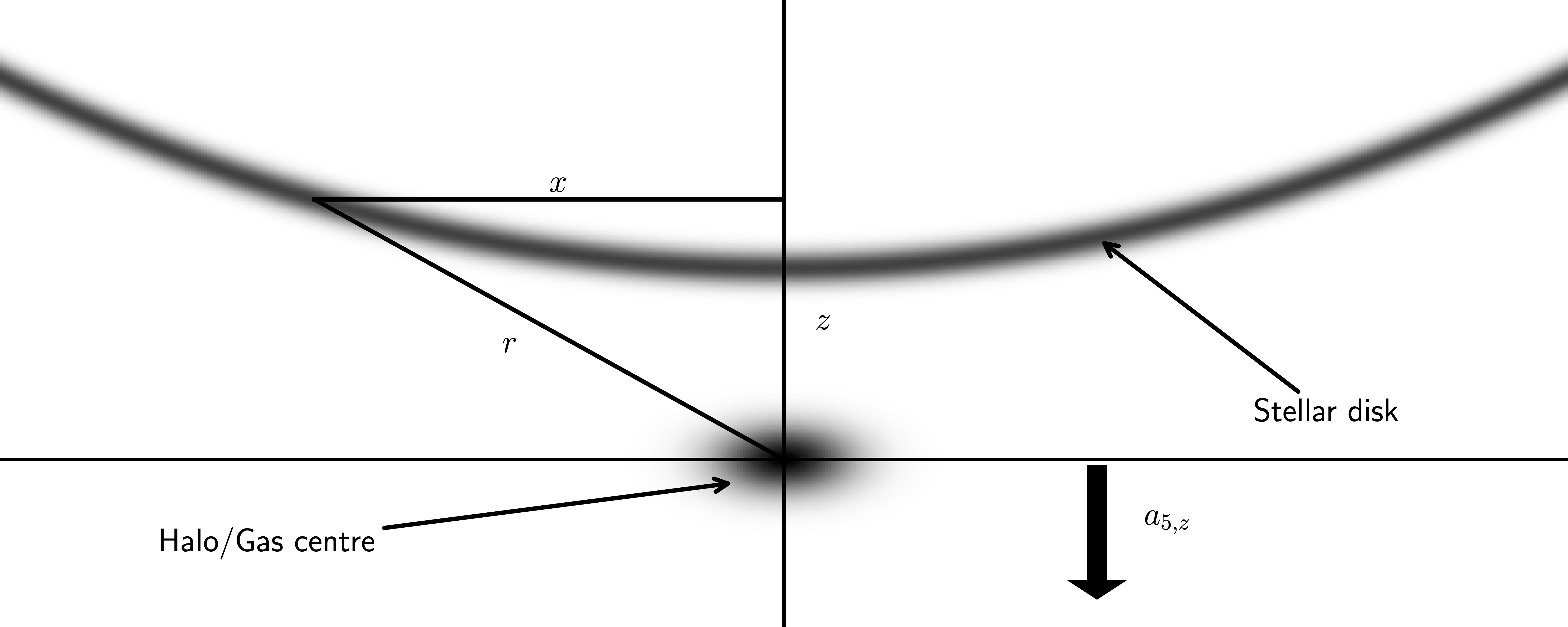Calibrating galaxy formation effects in galactic tests of fundamental physics
Published in Phys. Rev. D, 103(12):123502, 2021
Recommended citation: D.J. Bartlett, H. Desmond and P.G. Ferreira (2021). "Calibrating galaxy formation effects in galactic tests of fundamental physics." Phys. Rev. D, 103(12):123502.
Abstract
Galactic scale tests have proven to be powerful tools in constraining fundamental physics in previously under-explored regions of parameter space. The astrophysical regime which they probe is inherently complicated, and the inference methods used to make these constraints should be robust to baryonic effects. Previous analyses have assumed simple empirical models for astrophysical noise without detailed calibration or justification. We outline a framework for assessing the reliability of such methods by constructing and testing more advanced baryonic models using cosmological hydrodynamical simulations. As a case study, we use the Horizon-AGN simulation to investigate warping of stellar disks and offsets between gas and stars within galaxies, which are powerful probes of screened fifth forces. We show that the degree of “U”-shaped warping of galaxies is well modelled by Gaussian random noise, but that the magnitude of the gas–star offset is correlated with the virial radius of the host halo. By incorporating this correlation we confirm recent results ruling out astrophysically relevant Hu-Sawicki $f(R)$ gravity, and identify a $\sim30\%$ systematic uncertainty due to baryonic physics. Such an analysis must be performed case-by-case for future galactic tests of fundamental physics.
 Schematic diagram of the displacement between the gas and star centres and the formation of a warped stellar disk due to a thin-shell screened fifth force, $a_{5}$. Unlike the gas and dark matter, the stars typically do not feel the fifth force since they are self-screened, resulting in these two morphological features.
Schematic diagram of the displacement between the gas and star centres and the formation of a warped stellar disk due to a thin-shell screened fifth force, $a_{5}$. Unlike the gas and dark matter, the stars typically do not feel the fifth force since they are self-screened, resulting in these two morphological features.
